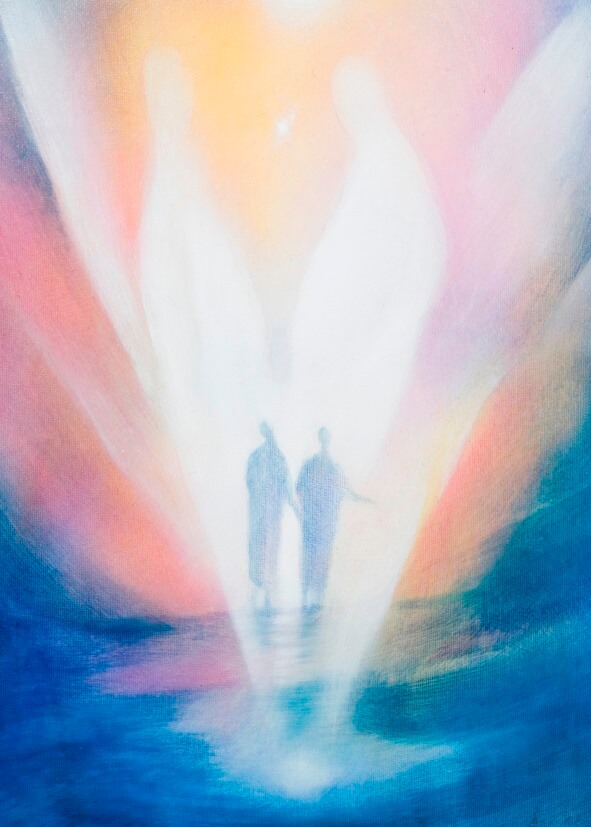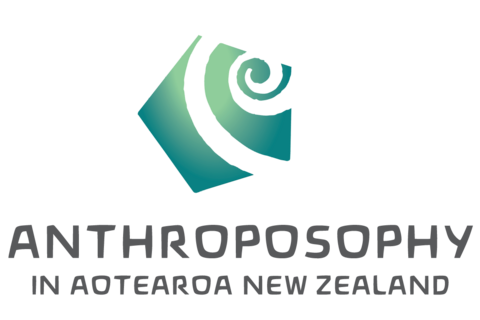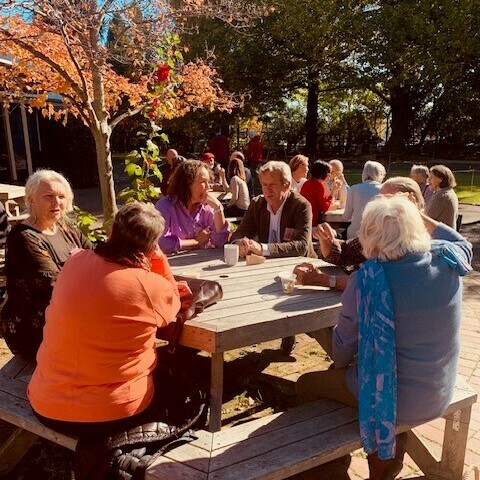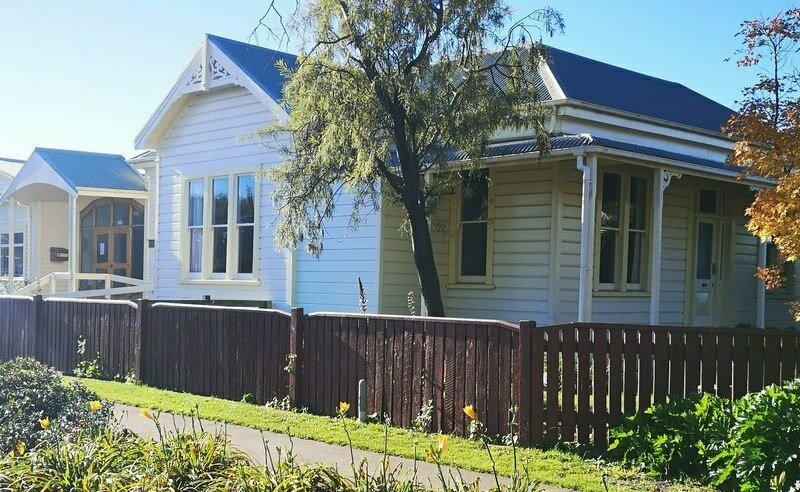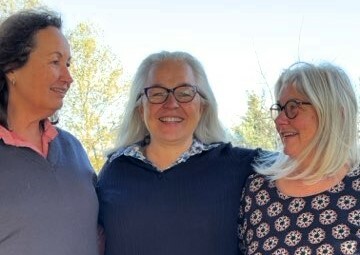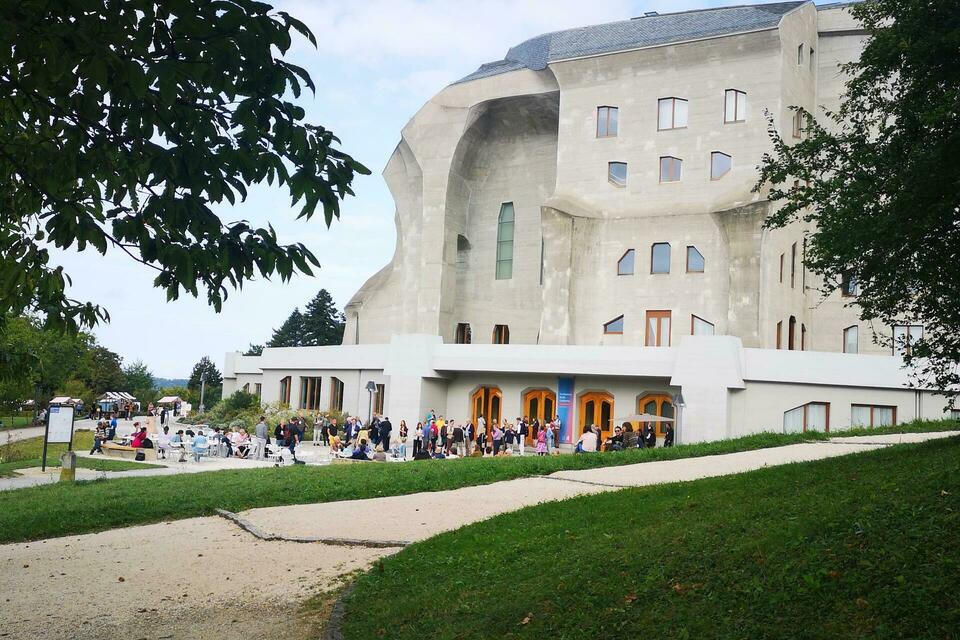Anthroposophy in Aotearoa New Zealand
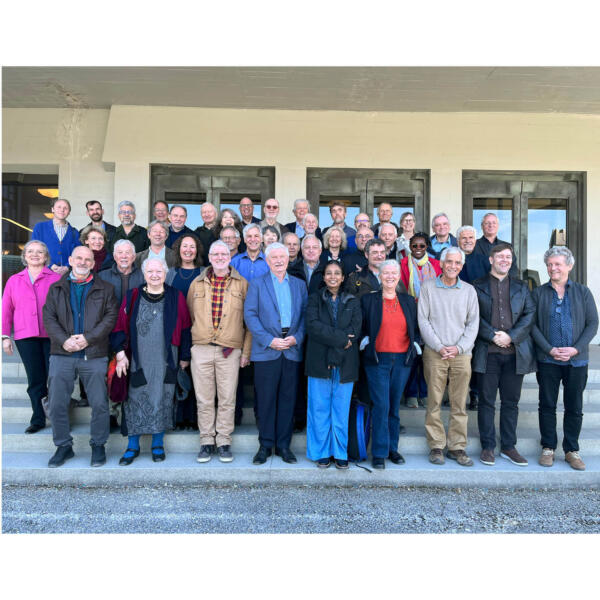
Anthroposophy Worldwide
What is happening in the Anthroposophical Society 5·2 May 2025
The Anthroposophical Society is an independent platform where people from all backgrounds can meet and share their work, their learning and their journey.
Anthroposophical Society in New Zealand
The Society in New Zealand is part of a worldwide movement. Here, there are groups dotted around the country and in every region you can find members, organisations and activities that work out of Anthroposophy. The Society provides an independent platform where people from all disciplines, practices and backgrounds can meet and share their work, learning and journey towards a spiritual understanding of life.
We believe human relationship is best nurtured where we have opportunities to meet, but we do have publications to provide links and information that enable and encourage meetings.
History
In New Zealand, the first impulse of Anthroposophy was seeded in 1902. Over time, interest in Anthroposophy grew; groups formed and practical activities were initiated. These continue today to bring understanding and a response to world issues and Anthroposophy.
In Europe, in 1912 Rudolf Steiner and others left the Theosophical Society to found the fledgling Anthroposophical Society. At the 1923 Christmas Conference held in Dornach, Switzerland members were asked to revisit their engagement with the Society and a new constitution was drawn up, detailing the life and work of the Society.
In 1933 the Anthroposophical Society in New Zealand was established in Havelock North, Hawke’s Bay.
Since those early days there have been founded schools, early childhood centers, medical practices and therapies, curative homes, biodynamic farming, businesses and other initiatives
Council
In New Zealand the Society is run by a Council that is elected by the Society members at the AGM. The Council serves the Society by nurturing activities and membership. It aims to strengthen the connection with the Goetheanum and other Societies around the world. It is the task of the Council to administer and manage the NZ Society. It has full executive powers to carry out the aims and tasks of the Society and to handle any matter affecting the Society in New Zealand.
Present members: Michelle Vette (general secretary), Emma Ratcliff (chair), Nic Parkes (treasurer)
Membership Annual Contributions
Your membership contribution works to enable a future for anthroposophy in Aotearoa New Zealand and worldwide. Currently the annual membership is $350 with $180 of that being forwarded to GAS.
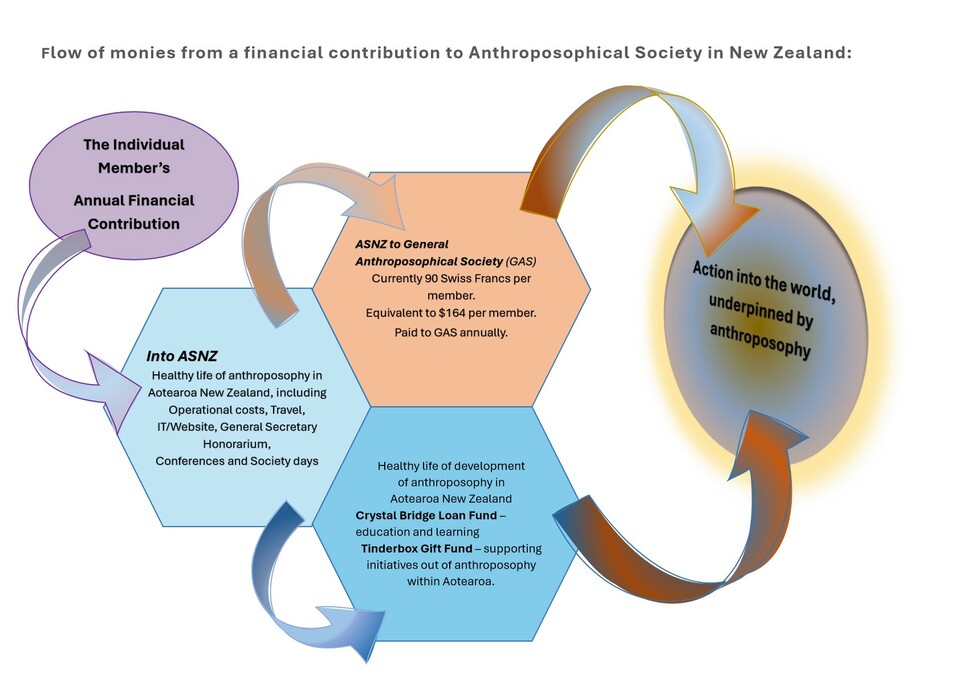
A World Wide Society
Anthroposophy
Two threads work together within Anthroposophy: an expansion of perception and knowledge (spiritual realism); and, the development of individual responsibility for actions (ethical individualism).
Anthroposophy provides an individual path of spiritual development, visible in the arts, in social forms and practical initiatives.
